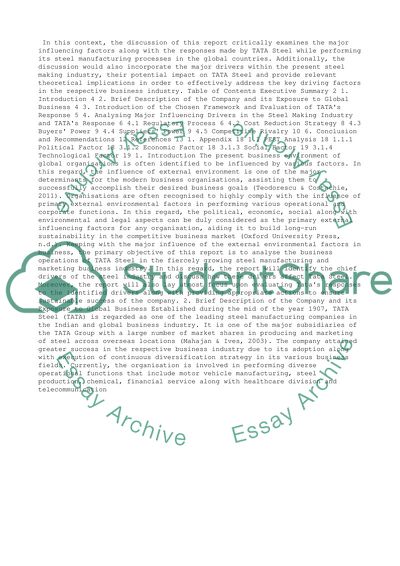Cite this document
(“Discussing (Tata Steel) and its current approach to managing Essay”, n.d.)
Discussing (Tata Steel) and its current approach to managing Essay. Retrieved from https://studentshare.org/business/1492152-discussing-tata-steel-and-its-current-approach-to
Discussing (Tata Steel) and its current approach to managing Essay. Retrieved from https://studentshare.org/business/1492152-discussing-tata-steel-and-its-current-approach-to
(Discussing (Tata Steel) and Its Current Approach to Managing Essay)
Discussing (Tata Steel) and Its Current Approach to Managing Essay. https://studentshare.org/business/1492152-discussing-tata-steel-and-its-current-approach-to.
Discussing (Tata Steel) and Its Current Approach to Managing Essay. https://studentshare.org/business/1492152-discussing-tata-steel-and-its-current-approach-to.
“Discussing (Tata Steel) and Its Current Approach to Managing Essay”, n.d. https://studentshare.org/business/1492152-discussing-tata-steel-and-its-current-approach-to.


